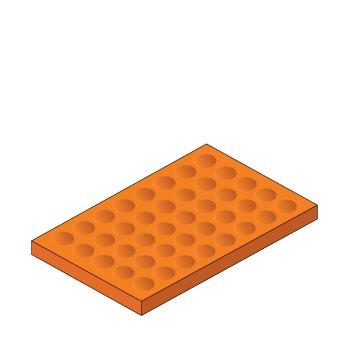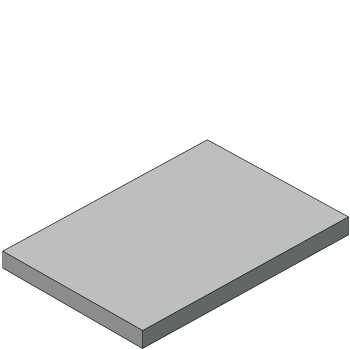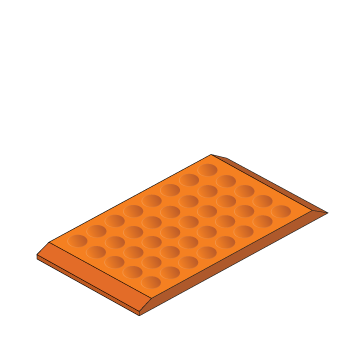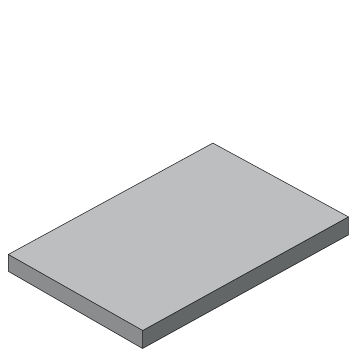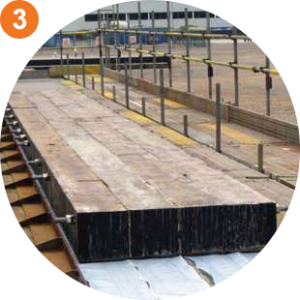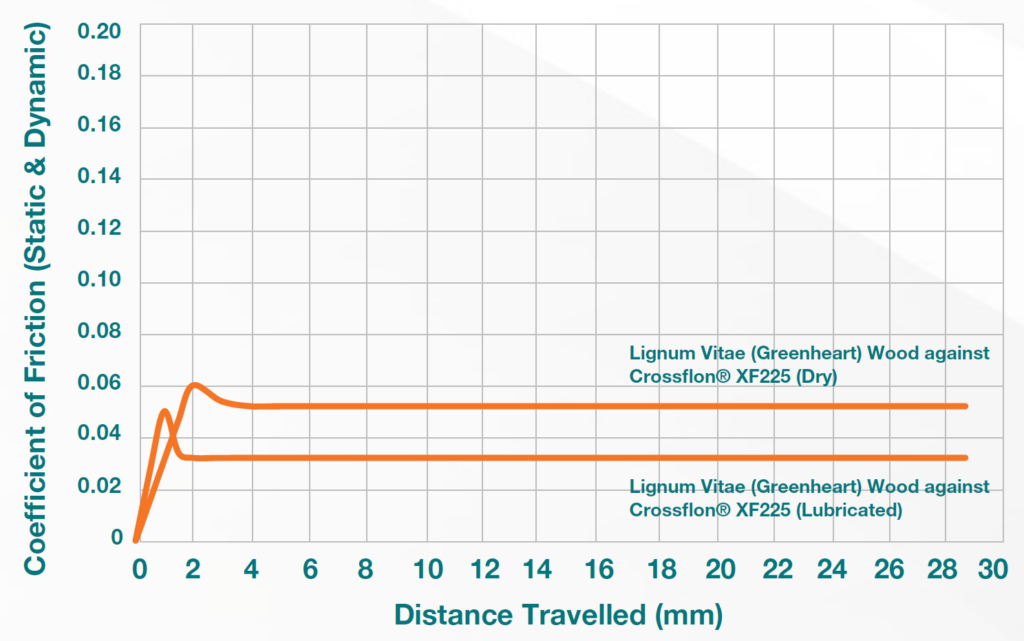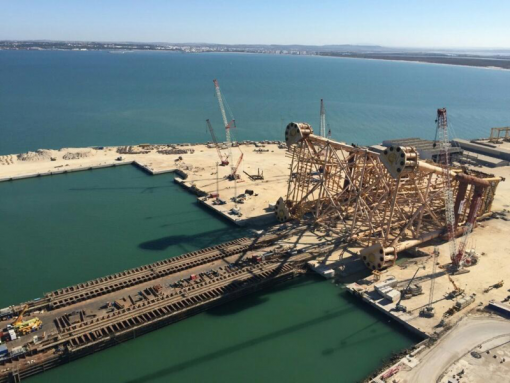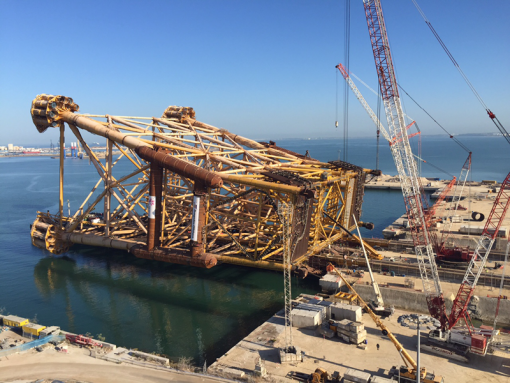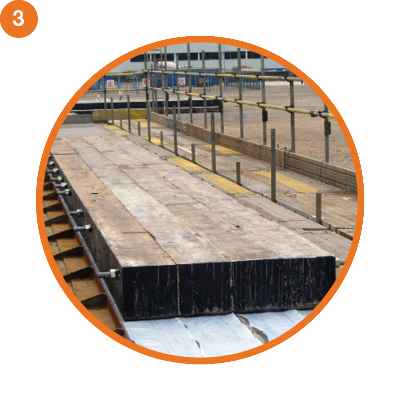Crossflon® skidway systems are used to aid the skidding of topsides, jackets and other heavy fabrications. A structure weighing in excess of 47,000 tonnes has been successfully loaded out on a Crossflon® skidway system.
We offer a range of Crossflon® skidway plates to suit customers individual requirements. A typical Crossflon® skidway plate consists of 2.5mm thick dimpled Crossflon® XF225 sheet hot cure factory bonded under controlled conditions to a 3mm thick carbon steel plate. Crossflon® skidway plates are normally manufactured with a 25mm welding lip. This prevents the Crossflon® XF225 from being damaged when the Crossflon® skidway plates are tack welded into position. The PTFE / steel bond line and all upper exposed carbon steel surfaces are generally supplied coated with paint to protect against corrosion.


